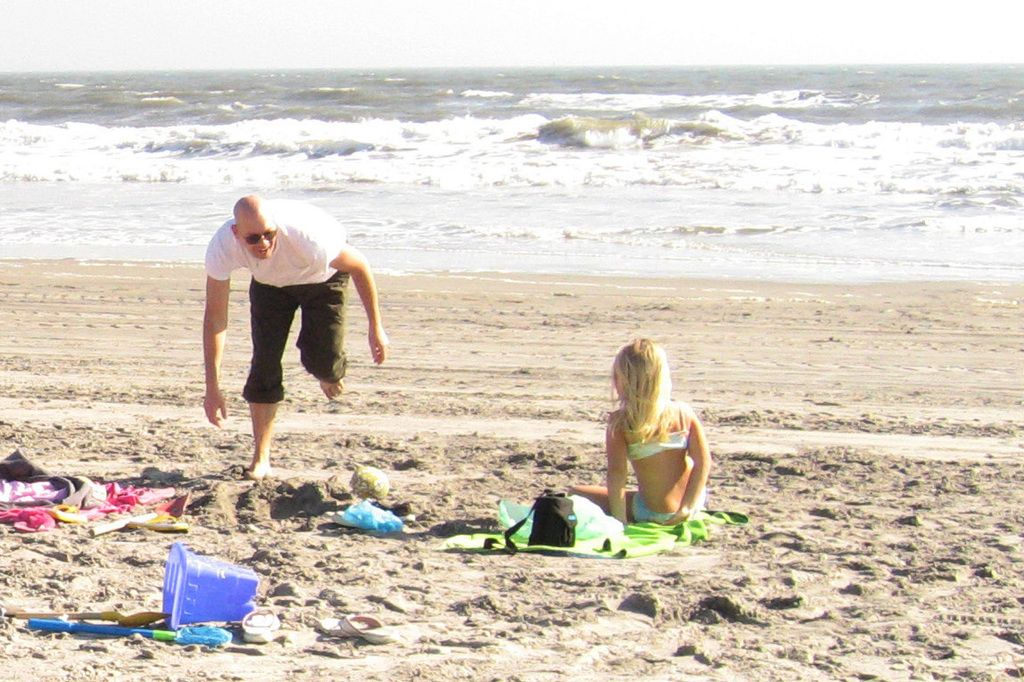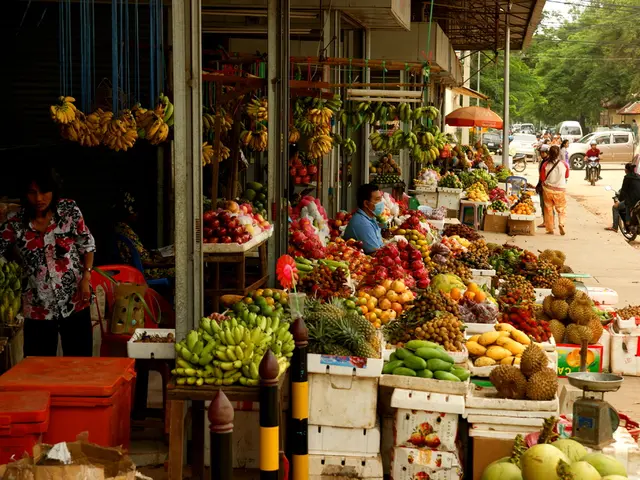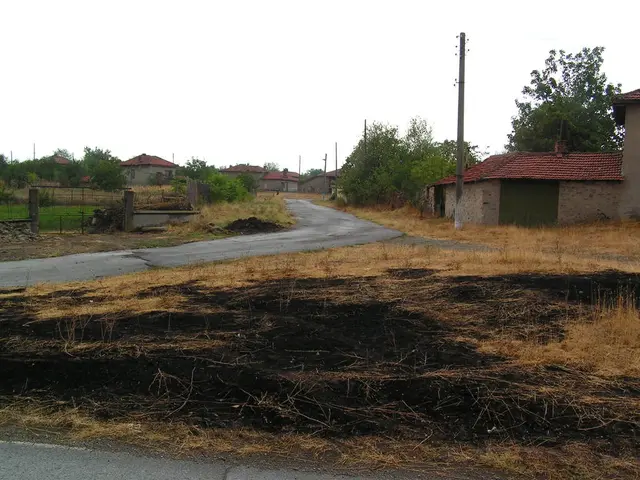Increased camping trend discovered in Thuringia, offering mobility and outdoor adventures
Tenting and Van-life are on the rise in Thuringia. Overnight stays at campsites in this Free State have seen a steady climb in recent years, with around 850,000 recorded in 2024 – a jump of over 6% compared to the previous year and 20% compared to 2019. Christoph Gösling, Managing Director of Thuringian Tourism GmbH, believes this spike in interest is the result of more people discovering the joy of the great outdoors and the immediate connection to nature.
The appeal of camping isn't confined to just overnight stays. It benefits local restaurants, shops, and leisure activities, too.
Campsite Costs Across Europe
Thuringian Tourism GmbH's database lists approximately 170 campsites suitable for camping, caravans, or motorhomes. Gösling stresses that sustainability, digital booking options, and smart infrastructure investments are crucial for ensuring the longevity of camping in the region.
Despite the rising costs, camping holidays remain reasonably priced. On average, a family of three campers can expect to spend around six percent more across Europe, according to ADAC. While Germany and Sweden offer the most affordable overnight prices at 40 euros and 43 euros, respectively, campers in Italy and Croatia pay 66 euros and 68 euros per night, respectively.
Thuringia Offers Budget-Friendly Options Compared to Mecklenburg-Vorpommern
Within Germany, Thuringia provides some of the most pocket-friendly average overnight stays at 33 euros, whereas Mecklenburg-Vorpommern takes the spot as the most expensive at 43 euros. Andrea Schumacher-Fichtner, Head of Corporate Communications at ADAC Hessen-Thuringia, commends Thuringia for its diverse landscapes, which cater to nature enthusiasts, hikers, and cyclists.
Silke Kramer, who leads the Thuringian section of the Camping-Club Germany, highlights that popular campsites can be found in the Thuringian Forest, near the Hohenwarte reservoir, and in proximity to the National Park Hainich. However, costs for the pitch often come with additional fees for electricity, showers, or waste disposal, and there are rare all-inclusive deals. Thuringia's central location on the north-south and east-west axes makes it an attractive pit stop for national and international travelers, agrees Gösling.
As camping gains momentum in Thuringia, so too does the demand for camping vehicles. In 2024, over 96,000 camper vehicles were newly registered in Germany. Thuringia recorded over 16,000 new registrations – a ten percent increase compared to the previous year – making it a growing market for these adventurous accommodations.
- The growing popularity of tenting and van-life also extends beyond camping itself, contributing to local economies in regions like Thuringia through visits to restaurants, shops, and leisure activities.
- For those looking to explore, Thuringia offers a multitude of budget-friendly camping options, making it an attractive choice for nature enthusiasts, hikers, cyclists, and travelers on a budget.




